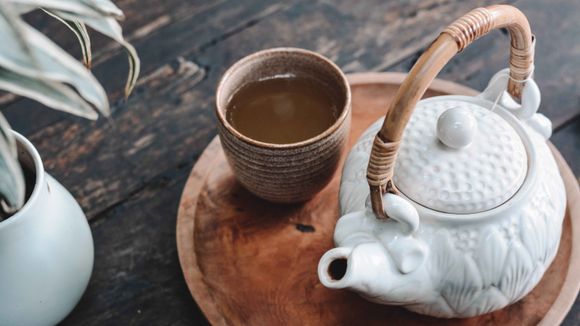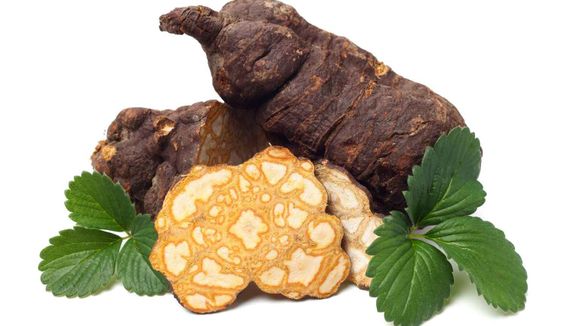The Fo-ti Plant: A Brief Botanical Perspective
Fo-ti is a perennial vine that belongs to the buckwheat family (Polygonaceae). Its botanical name, Polygonum multiflorum, speaks to the plant's multiple flower-bearing capabilities. Native to China, Fo-ti is also widely found in Japan and Taiwan. The plant is characterized by heart-shaped leaves and red berries, but its most potent component is its root, harvested after 3-4 years of growth for optimal medicinal potency.
Anti-aging Benefits of Fo-ti
Traditional Chinese Medicine attributes longevity to the balance of yin and yang energies in the body. Fo-ti, considered a tonic, is believed to restore and maintain this balance. The herb's root contains compounds such as lecithin and anthraquinones, known to support anti-aging. Some research indicates that these compounds may improve hair health, reduce graying, and potentially increase longevity by reducing cellular damage and improving mitochondrial function.
Cognitive Support from Fo-ti
As we age, the need for cognitive support becomes more evident, and Fo-ti may provide just that. The herb contains tetrahydroxystilbene glucoside, a compound that may protect brain cells against oxidative stress, a significant factor in cognitive decline. Moreover, Fo-ti's potential to improve circulation may enhance the delivery of nutrients and oxygen to the brain, further supporting cognitive function and potentially mitigating the risk of neurodegenerative diseases.
Immune-boosting Properties of Fo-ti
In the era of growing health consciousness, the immune system's role has gained immense attention, and Fo-ti is a noteworthy player. Rich in antioxidants, the herb may protect against free radical damage, strengthening the immune system's response against pathogens. Additionally, Fo-ti exhibits anti-inflammatory properties, a crucial factor in modulating immune responses and maintaining overall wellness.

Photo by Content Pixie on Unsplash
Home Preparation of Fo-ti
Although Fo-ti is available in various forms such as capsules, tinctures, and teas, preparing it at home provides a unique experience that pays homage to its traditional use.
Fo-ti Tea: Simmer 15-20 grams of dried Fo-ti root in three cups of water for approximately one hour. Strain the mixture, and your Fo-ti tea is ready to serve. You can enjoy this tea twice daily.
Fo-ti Tincture: Place 200 grams of dried Fo-ti root in a jar and cover it with a liter of vodka or any other 40% spirit. Seal the jar and let it steep in a cool, dark place for about a month, shaking occasionally. After one month, strain the tincture into a clean jar. You can take 10-30 drops of this tincture once or twice daily.
Questions and Answers
Q: Can I grow Fo-ti at home?
A: Yes, Fo-ti can be grown at home, although it's a subtropical plant that prefers mild temperatures and a fair amount of humidity. It can be grown outdoors in USDA hardiness zones 7-10 or indoors in a pot.
Q: Are there any potential side effects of consuming Fo-ti?
A: While generally considered safe, overconsumption of Fo-ti may cause mild digestive upset. Rarely, it might lead to more severe effects like liver damage. As with any supplement, it's best to consult with a healthcare provider before starting Fo-ti.
Q: Can Fo-ti be used topically?
A: Yes, Fo-ti is sometimes used topically in creams and lotions, particularly in products aimed at improving hair health and reducing graying.
Q: Can Fo-ti interact with any medications?
A: Fo-ti could potentially interact with certain medications, especially those processed through the liver. It's essential to consult with a healthcare provider before starting Fo-ti if you're on any medication.
Q: Is there a specific time of day best to consume Fo-ti?
A: There isn't a specific time recommended to take Fo-ti. However, as it can sometimes have a mildly energizing effect, some people prefer to take it in the morning or early afternoon.









